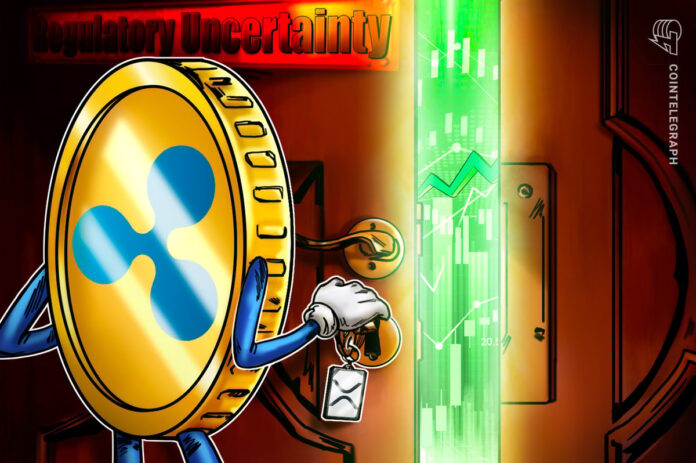The XRP cryptocurrency has undergone a significant transformation, turning a potential existential threat into a strategic advantage. In December 2020, the US Securities and Exchange Commission (SEC) filed a lawsuit against Ripple Labs, the operator of XRP, alleging that the company had conducted $1.3 billion in unregistered securities transactions since 2013. This lawsuit led to a 62% crash in XRP’s price and prompted mass delistings, pushing the cryptocurrency into a legal gray area.
However, after five years of legal disputes, the case was finally settled on August 7, 2025, with both parties dropping their appeals. This settlement brought XRP into a pioneering position, providing the coin with final legal clarity. The court ruled that XRP is not a security when sold on public exchanges, marking a significant reversal of the SEC’s initial position. This decision has transformed XRP from a regulatory nightmare into a digital asset with explicit validation in the US.
The SEC lawsuit also mobilized the XRP community, uniting supporters and creating a strong, organized movement. The “XRP Army” rallied behind the token, with over 75,000 owners submitting affidavits and certificates in support of Ripple. This community-driven effort helped keep the case in the public spotlight and put pressure on regulatory authorities. As John Deaton, a lawyer involved in the case, noted, the XRP community played a crucial role in the outcome, demonstrating the power of collective action in shaping the regulatory landscape.
Ripple achieved several significant legal victories during the course of the lawsuit. In September 2022, the company obtained emails from former SEC Director William Hinman, which revealed internal contradictions in the SEC’s approach to cryptocurrency regulation. This discovery dealt a massive blow to the SEC’s case, particularly with regards to the classification of Ether (ETH) as a non-security. The following month, Judge Analisa Torres made a crucial decision, distinguishing between institutional sales and programmatic sales of XRP. While XRP sales to hedge funds and institutional buyers were deemed non-registered securities offers, sales to stock exchanges were not considered securities.
The final settlement in August 2025 brought an end to the legal dispute, with Ripple paying a fine of $125 million, significantly lower than the original $2.2 billion sought by the SEC. This outcome has provided XRP with a unique position of regulatory clarity in one of the world’s largest financial markets. As Ripple Chief Legal Officer Stuart Alderoty stated, “The end… and now back to the shop.” The settlement has also enabled Ripple to focus on global expansion, introducing its Rlusd StableCoin and growing the capabilities of the XRP Ledger.
The XRP lawsuit has reinforced the narrative of XRP, transforming it from a regulatory pariah into a cryptocurrency with official judicial validation. Even Bitcoin (BTC) and ETH, the top two coins, rely on informal SEC guidance, whereas XRP has a binding legal precedent. This clarity has created a strong bond with the XRP community, which is now more committed than ever. The legal victory has also provided institutional investors with the clarity they need, leading to a remarkable increase in XRP’s market capitalization, which has expanded by almost $180 billion since the judgment in July 2023.
In conclusion, the SEC lawsuit has strengthened XRP’s narrative, providing the coin with a unique position of regulatory clarity. This outcome is expected to have a lasting impact on the cryptocurrency market, as XRP is now well-positioned for long-term technological development and ecosystem growth. For more information on the Ripple vs. SEC lawsuit and its implications, visit Cointelegraph.

